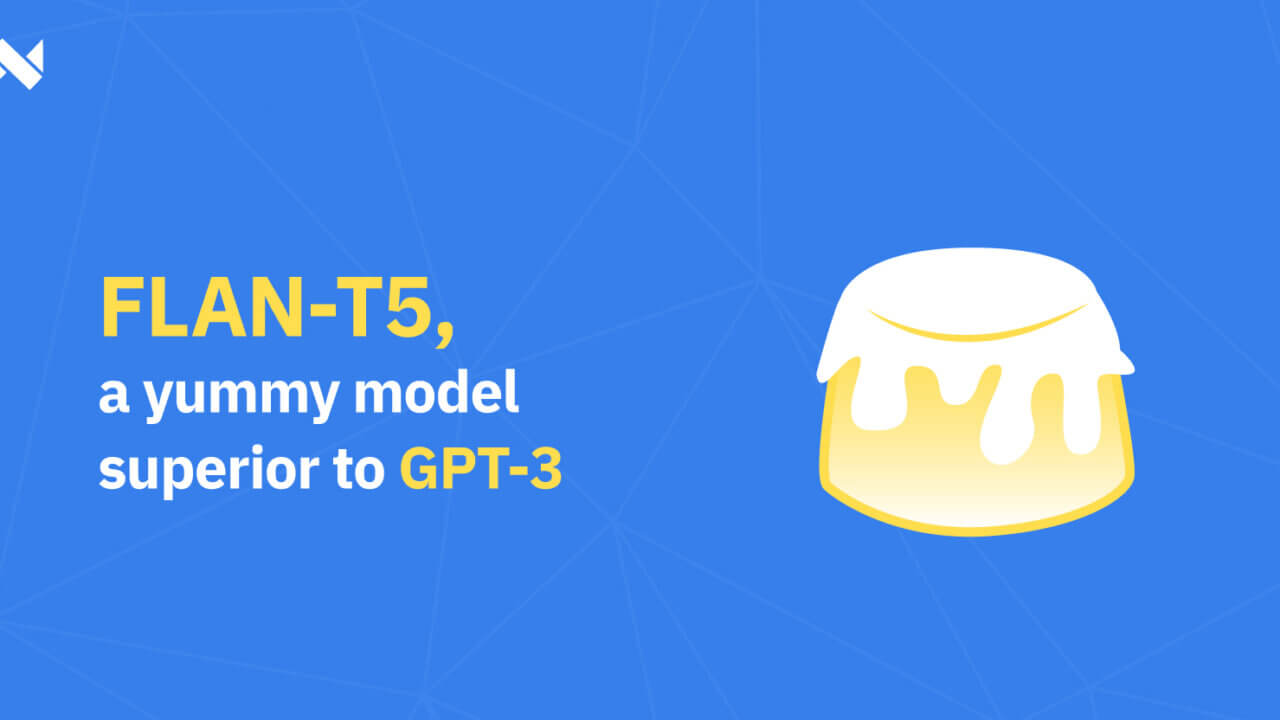Google’s latest language model, Flan-T5, has generated a lot of buzz in the AI community, with some experts claiming that it outperforms OpenAI’s GPT-3 in various aspects. This article aims to provide a comprehensive comparison between the two models, highlighting the key advantages of Flan-T5 over GPT-3.
Neural Network Architecture
The most notable difference between Flan-T5 and GPT-3 lies in their neural network architecture. Flan-T5 is based on the Transformer architecture, which has been proven to be highly effective in NLP tasks. Unlike GPT-3, Flan-T5 has a deeper architecture with multiple layers, allowing it to capture more complex patterns in the data.
Pre-training Data
Another advantage of Flan-T5 is its pre-training data, which is significantly larger than the data used for GPT-3. The larger pre-training data allows Flan-T5 to better understand the context and meaning of words, leading to more accurate predictions.
Transfer Learning Capabilities
Flan-T5 also has stronger transfer learning capabilities than GPT-3. This means that it can more easily adapt to new tasks and domains, making it a better choice for NLP applications that require fine-tuning.
Computational Efficiency
In terms of computational efficiency, Flan-T5 has a clear advantage over GPT-3. It requires fewer computational resources to perform the same tasks, making it a more cost-effective choice for NLP applications.
Conclusion
In conclusion, Google Flan-T5 is a more advanced language model than OpenAI GPT-3, offering several key advantages in terms of architecture, pre-training data, transfer learning capabilities, and computational efficiency. If you’re looking for a state-of-the-art language model for your NLP applications, Flan-T5 is definitely worth considering.











